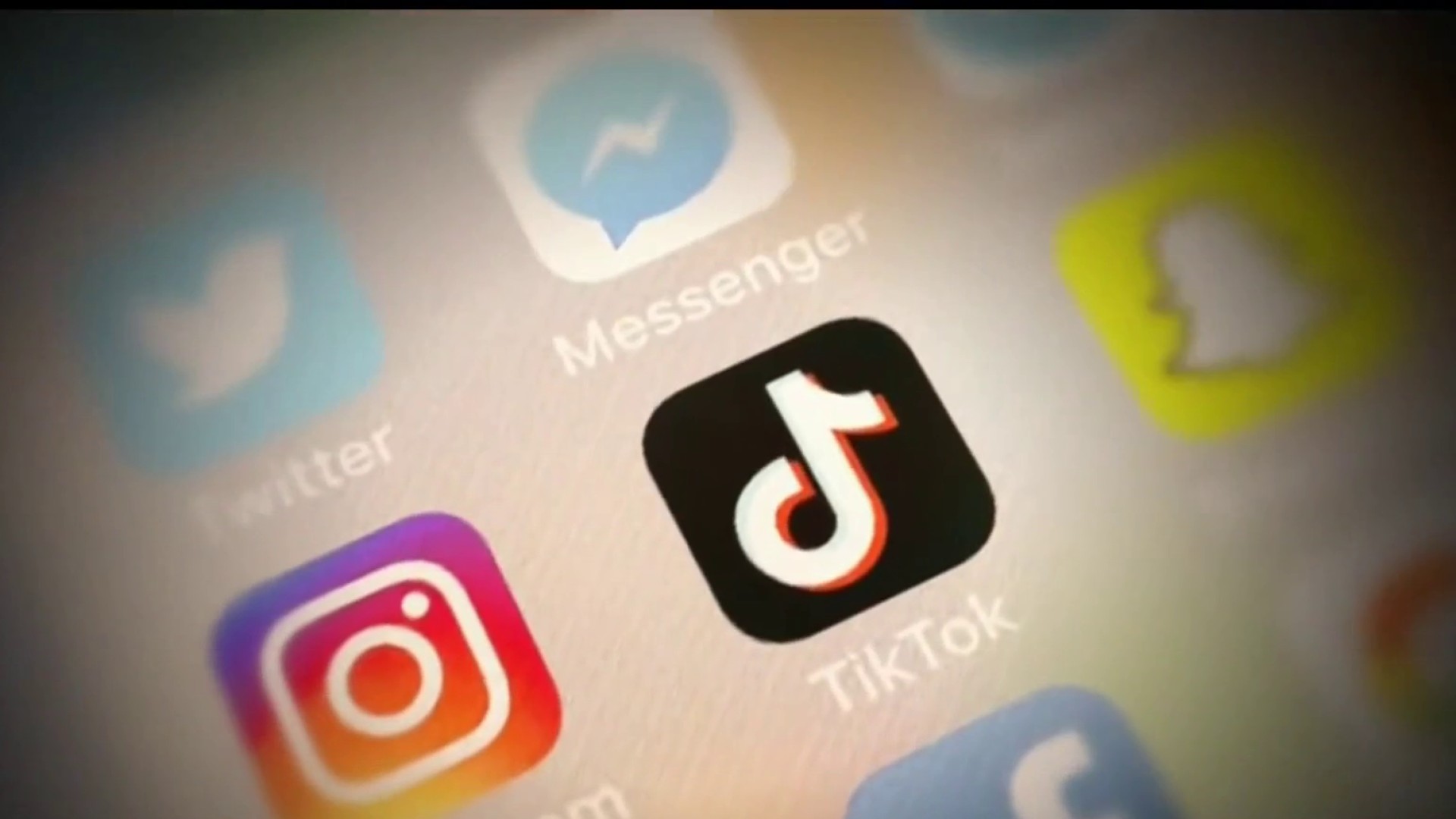Learning to fly isn't easy, especially at speeds around 13,000 mph.
For the second time since April 2010, contact with an unmanned hypersonic glider was lost during a test flight. Contact with the arrowhead-shaped Falcon Hypersonic Technology Vehicle-2 was lost after launch Thursday morning from Vandenberg Air Force Base.
The experimental glider was atop a Minotaur IV rocket. Contact was lost after the craft began flying on its own, according to the Defense Advanced Research Projects Agency.
Air Force Maj. Chris Schulz said the team learned a few things from Thursday's mission before telemetry was lost.
"We know how to boost the aircraft to near space," he said. "We know how to insert the aircraft into atmospheric hypersonic flight. We do not yet know how to achieve the desired control during the aerodynamic phase of flight. It’s vexing. I'm confident there is a solution. We have to find it."
The crew collected nine minutes of data before signal loss.
The experimental craft was developed for U.S. defense research into global strike capability. Basically, the plan is to develop a craft that can get anywhere in the world in less than an hour.
The HTV-2 is designed to be launched to the edge of space, separate from a booster rocket, then glide at 13,000 mph.
During Thursday's planned flight, the craft was expected to cruise for 30 minutes, covering a distance of about 4,000 miles before splashing down in the Pacific Ocean.
Local
Get Los Angeles's latest local news on crime, entertainment, weather, schools, COVID, cost of living and more. Here's your go-to source for today's LA news.
At 13,000 mph, the craft would take about 12 minutes to travel from Los Angeles to New York.
Telemetry was lost Thursday after the craft separated from the booster rocket and entered its glide phase, according to a DARPA tweet. DARPA followed up with this reassuring tweet: "#HTV2 has an autonomous flight termination capability. More to follow."
Click here for an overview of the planned flight. Scroll down for a video simulation of the flight.
Contact also was lost during the April 22, 2010 flight. That craft provided nine minutes of data, including 139 seconds of aerodynamic data at speeds between 17 and 22 times the speed of sound, DARPA said.
Although aircraft can be tested in wind tunnels and other simulations on the ground, flight tests are needed to test assumptions. It also must withstand temperatures in excess of 3,500 F.
"To have captured the equivalent aerodynamic data from flight one at only a scale representation on the ground would have required years, tens of millions of dollars, and several hundred impulse tunnel tests," said Chris Schulz. "Only flight testing reveals the harsh and uncertain reality."
Follow NBCLA for the latest LA news, events and entertainment: Twitter: @NBCLA // Facebook: NBCLA



